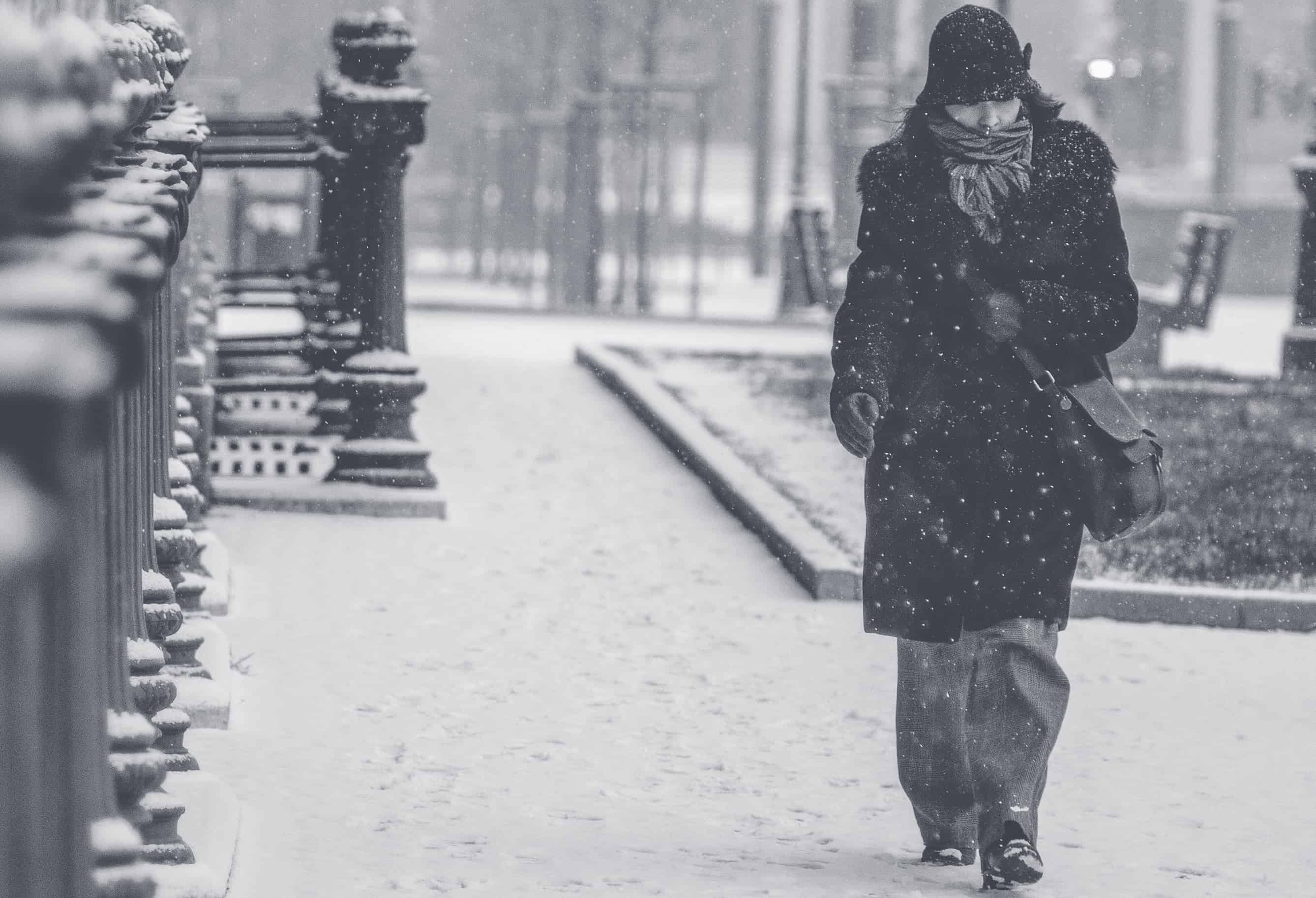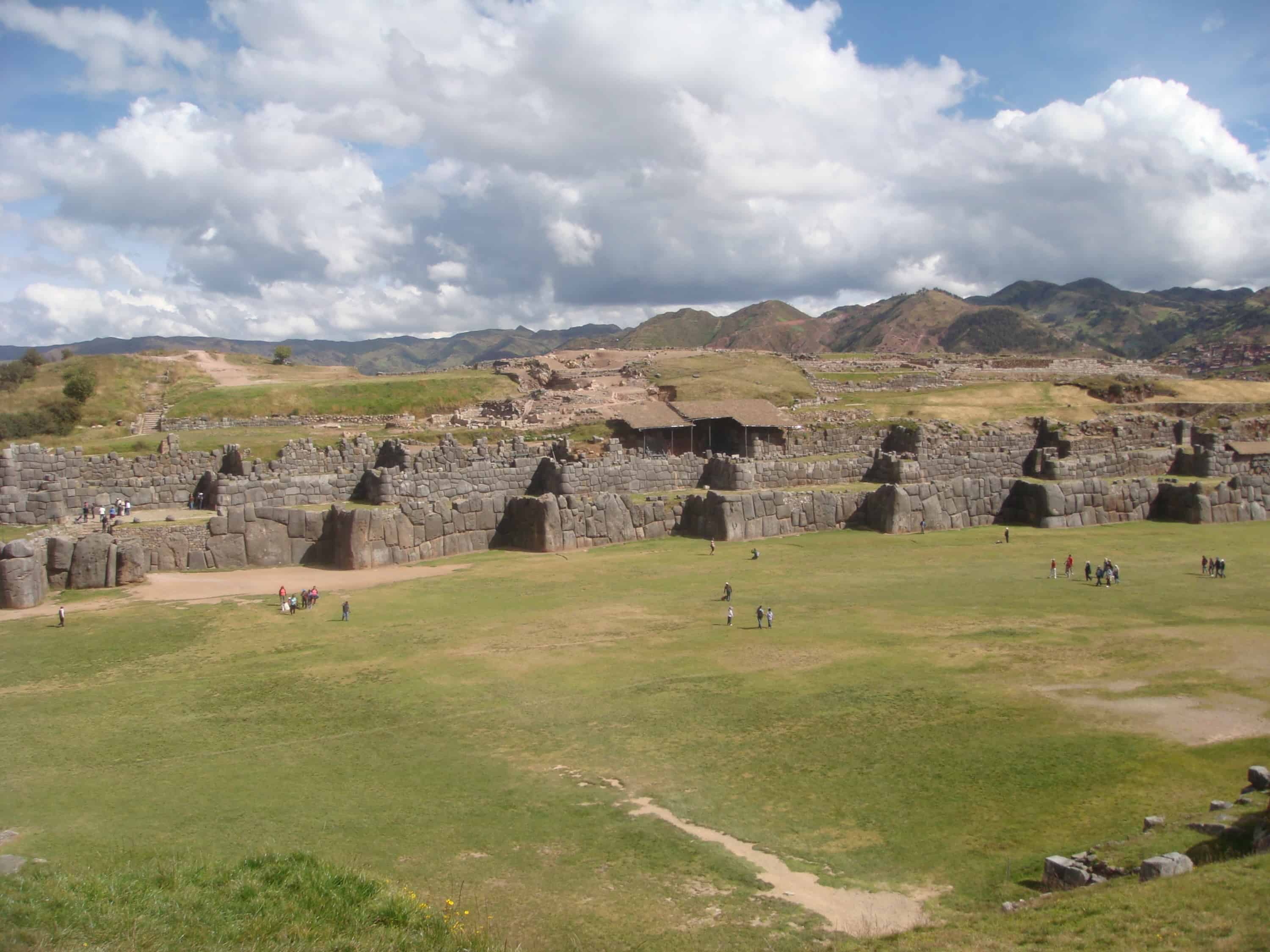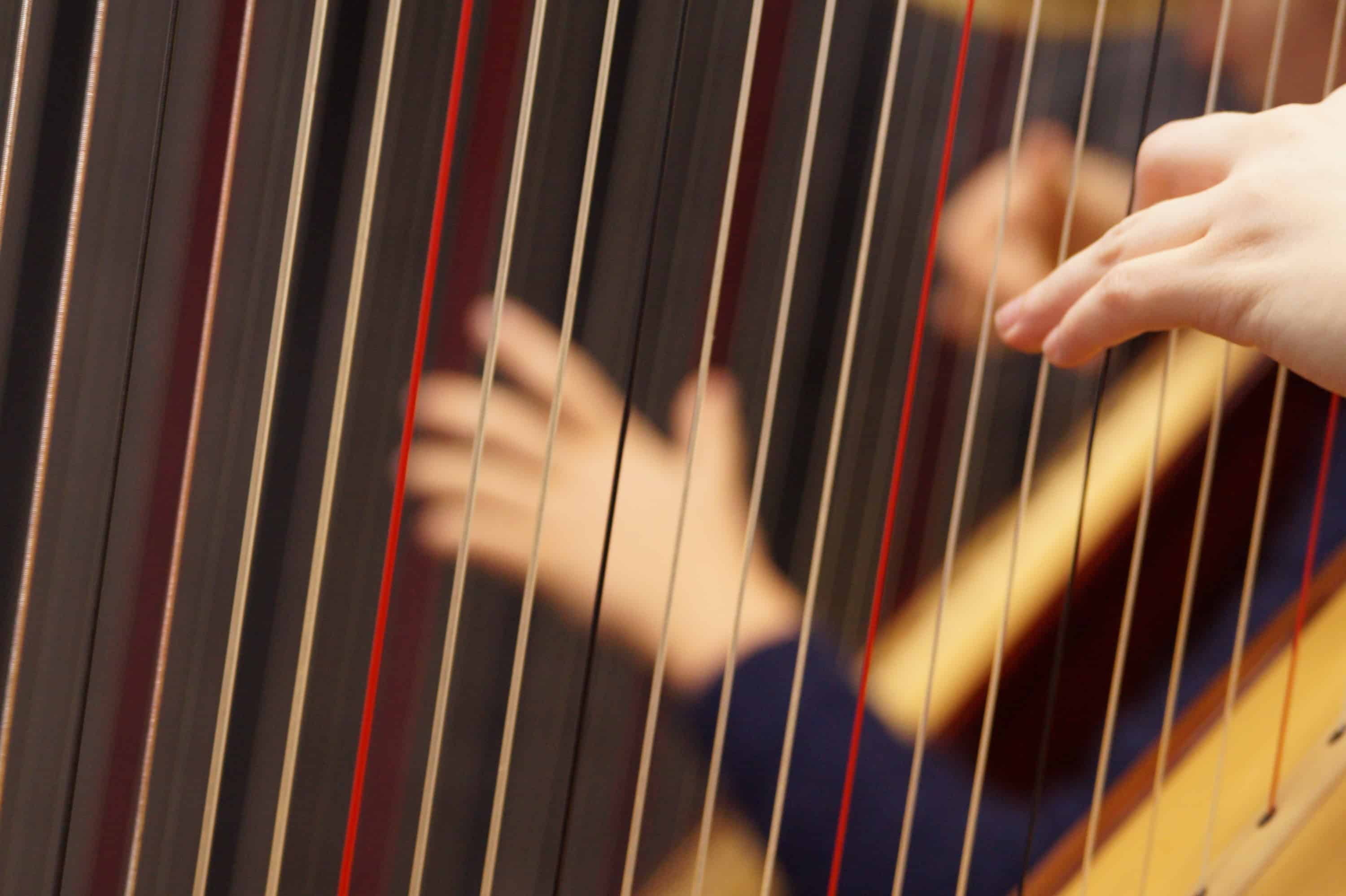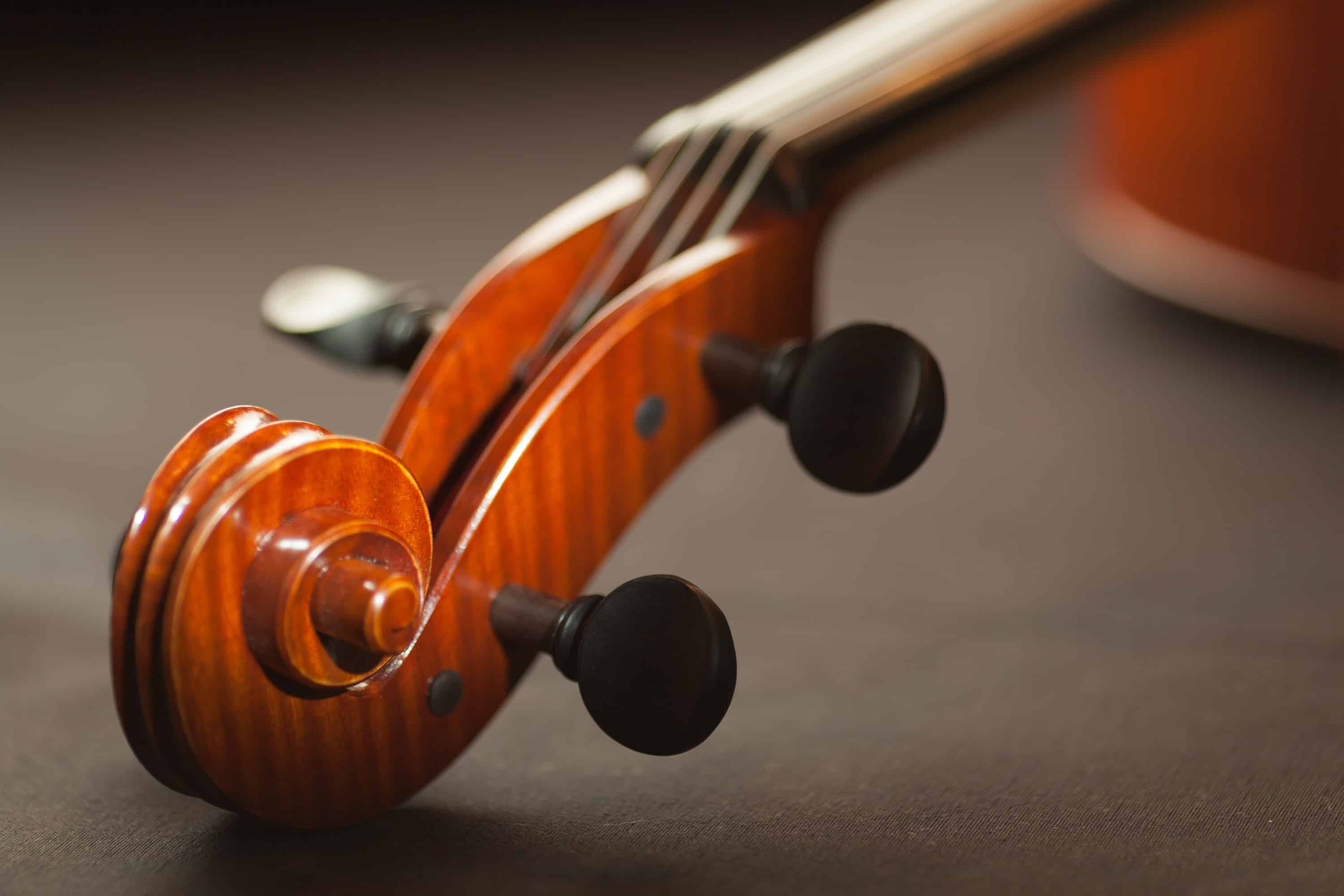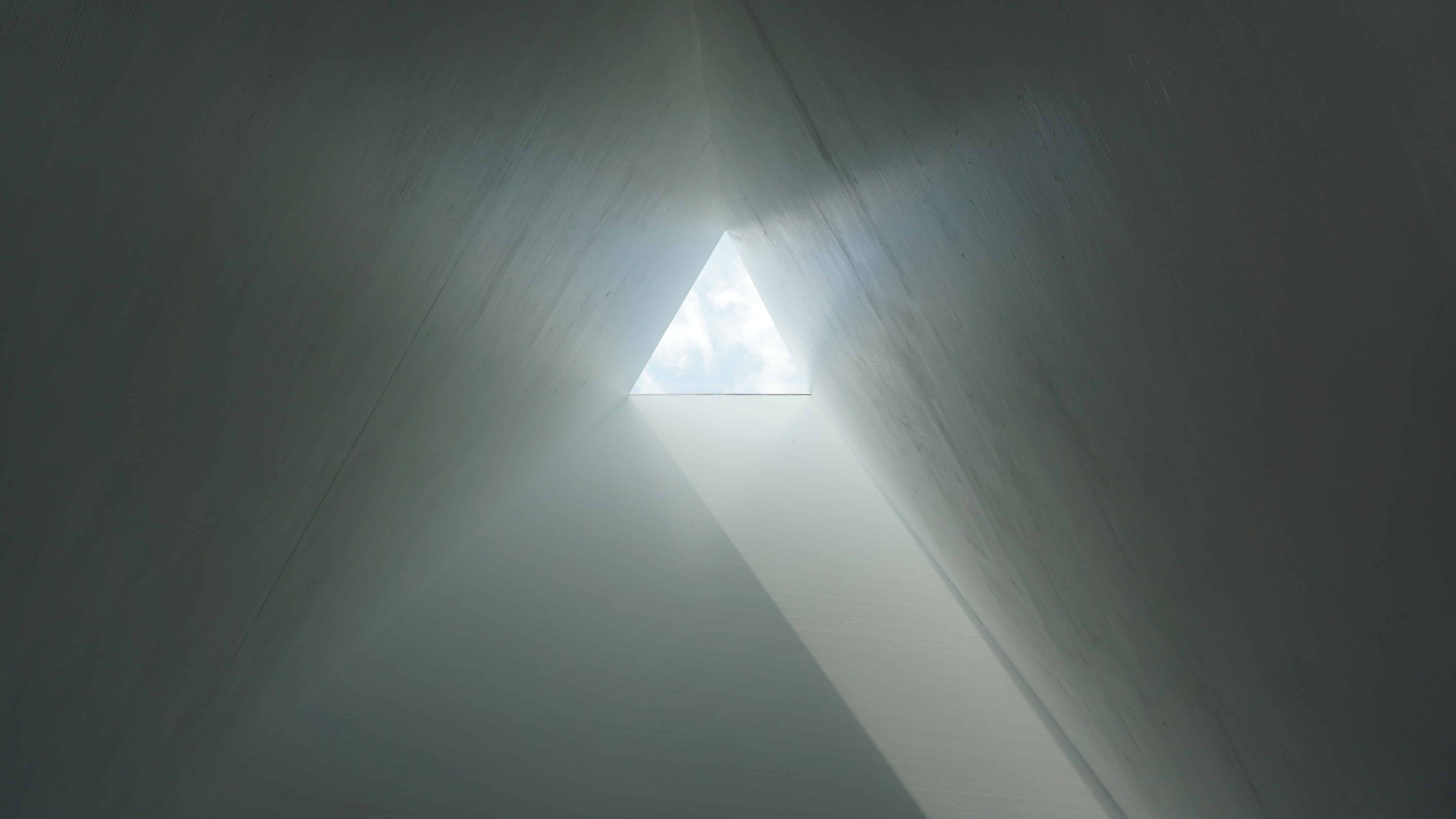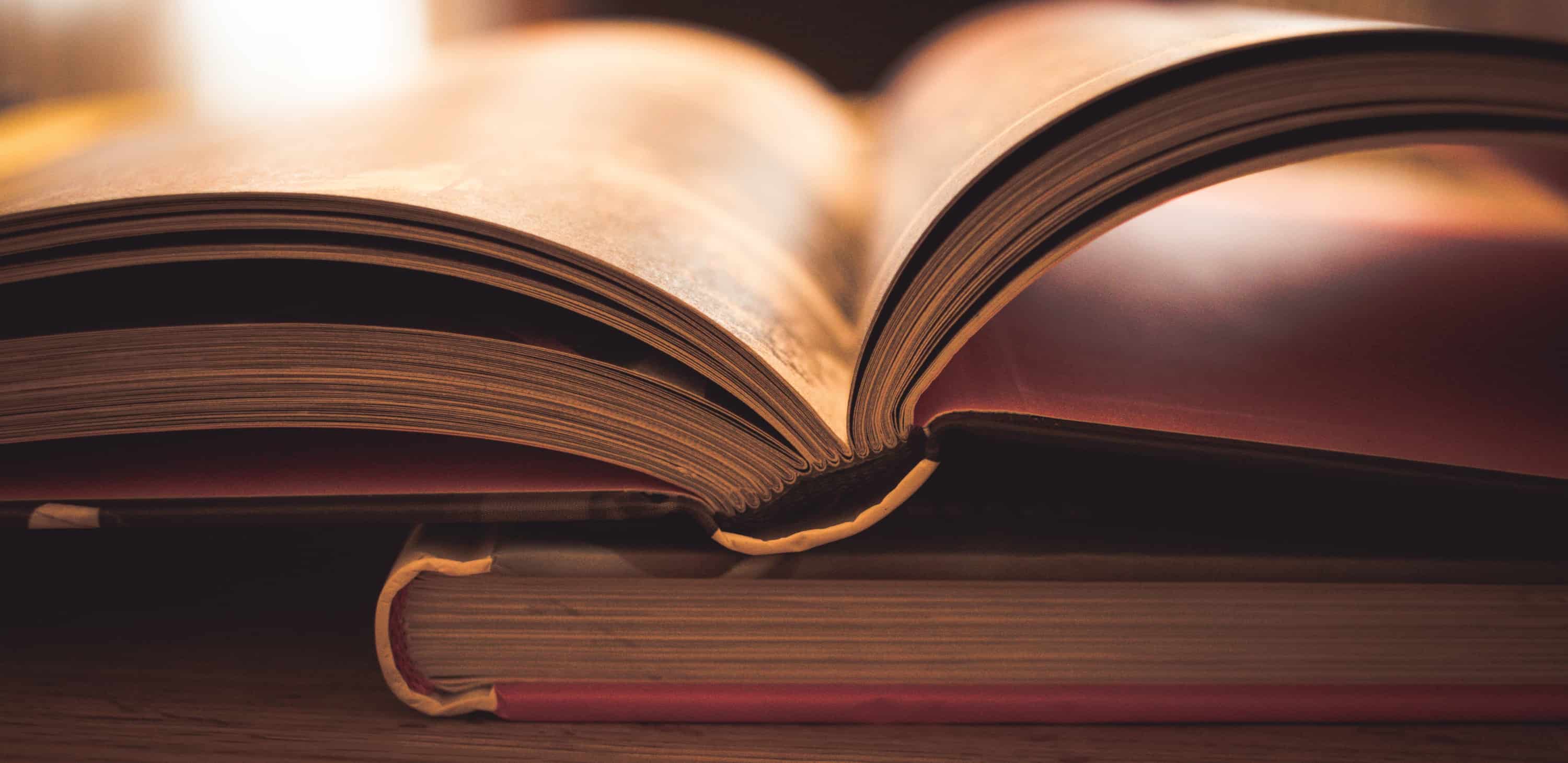Acoustic Composition 6
A Chill Breeze (2009/10)
Single Movement for Solo Orchestral Harp
Studio Recording 2010
AChill Breeze was composed between December 2009 and January 2010 whilst a sheet of ice enveloped most of the UK. The acoustic soundworld evokes aural images of Aeolian harps and frozen time (or timeless motion).
Part of a series of planned works for orchestral harp; it is a short, but virtuosic single movement exploring modal clusters, simple modulation and ambiguous consonances.
There is also an electroacoustic version of this piece.
Some Thoughts on Musical Time:
“Composition is the corporealisation of incorporeal sound”. To be more specific, composition is the corporealisation of incorporeal sound through concept, architecture and creative realisation, framing a work between near silences, within linear (and vertical) time, with sympathy for pacing, proportion, purpose and aesthetic.
Composers take an invisible acoustic phenomenon and through a combination of process, theory, design and instinct determine its shape, duration, texture, intensity and emotional (intellectual) message. Analysts, theorists and musicologists then discuss its structural components (including elements of musical character and personality), interpreting these characteristics in detailed retrospect, engaging with countless methods and an endless vocabulary through which to describe and illustrate the goal-oriented focus of the piece (progression, momentum, crescendo).
Western Art music is often obsessed with goal-oriented momentum within composition, but the concept of travelling towards a goal must always exist even in the most abstract of music, EVEN if that goal is simply to end. To have a goal means that the work must always be received in real-time, for a future goal implies a linear perception. Therefore, the literal perception of music is ALWAYS linear …
For the composer time is not linear (not until performance). Composers can rearrange and manipulate time, slow it down and speed it up. One can even freeze time (vertical time). Composing is acoustic temporal alchemy, presenting a linear aural experience conceived in non-linear time.
Chronometric time is equidistant, linear, exact and constant (though also affected by distance). Humans also experience time as a constant: a linear continuum from the past, through the present and into the future, but our perception of the passing of time varies for many reasons.
Our senses experience (receive and interpret) music through complex and interacting levels of perception, moods and emotions (philosophical, psychological and physiological). Time remains a linear continuum, but the rate of passing time becomes proportionate within the musical journey. The rate of musical time (tempo and intensity) can alter quite dramatically and we are removed from the notion of equidistant chronometric time.
We read essays and analyses discussing the length of a piece in relation to bars and beats and minutes and seconds, but the linear motion of music through time is a multi-dimensional variable and can be manipulated by the composer through the complete sensory experience of the music.
Can musical texture, intensity and activity affect the way we experience linear time? Does time travel faster when we are listening to energetic music with loud dynamics and gathering rhythmic momentum? When listening to an isorhythmic isometric piece locked within a sense of frozen (motionless or slow-motion) modality, does time slow down? Then there is the added consideration of time being relative to the amount of enjoyment we are getting from the experience, how familiar we are with the piece and therefore how long we know it will last: The perception of musical time is a proportionate variable.
During performance of the completed score one expects the conductor to stretch and shrink ‘musical time’ as they feel fits the context of the music (the musicians and the ambience of the venue ultimately decide the tempi in smaller ensembles). Does the piece last longer if the tempo is slower? Of course it lasts longer measured in chronometric time, but perhaps we still receive and perceive the same sonic journey? If so, then the passing of time was ‘relative’ during the listening experience and no longer an equidistant and chronometric perception, or perhaps not even linear ?
Pulse is a primary factor in the perception of musical time, but this can be manipulated and confused (purposely blurred) by the composer through elements of metric modulation (or tempo modulation) where pulse and time do not equate to the same thing.
Form can be structural or it can engage with literal and non-literal (proportional) symmetries and asymmetries, but must be considered within the corporeal score. Musical character influences chronological placement, but form is flexible and mobile during composition, it can be rearranged, stretched and shrunk: i.e. Birtwistle’s ‘blocks’ and Lutosławski’s ‘mobiles’. Both of these compositional forms are very similar in concept, they both explore self-contained material which can be rearranged during composition. However, Birtwistle refers to the process as static (interrupting the flow of linear time) and Lutosławski refers to the process as mobile (connecting the flow of linear time).
It is interesting to note that both composers study the work of visual artists (Lutosławski/Calder and Birtwistle/Klee) to inform their musical structure (form) and proportion; using their visual memory to give corporeal form to non-corporeal linear phenomena (music).
ianpercy.me.uk
A Life in Music
In Conclusion
Due to the many variables within the human perception of passing time and the way composers can manipulate the rate (or perceived rate) of musical time, it seems musical form is not bound to temporal linearity. Chronometric time remains constant and the literal reception of music IS linear, but composers in the 21st century are temporal alchemists escaping the mensural tyranny of a 1000-year-old system of notation.
Tempo, pulse, meter, bars, beats, dynamics, texture, intensity, motion and activity all serve as suitable topics for analysis and musicological discourse and debate, but don’t always equate to proportional symmetry within the corporeal score or accurately reflect the actual listening experience. All levels of human perception and their many combinations affect the passing of time. Therefore we must move past the notion of chronometric and mensural time and generally re-evaluate how we consider, measure and discuss the vertical and linear motion of ‘musical time’.











